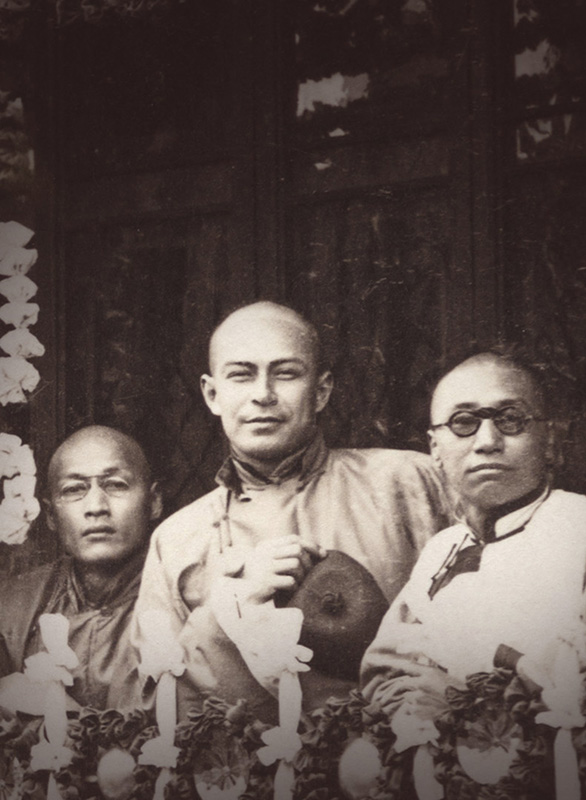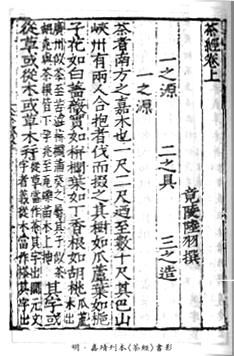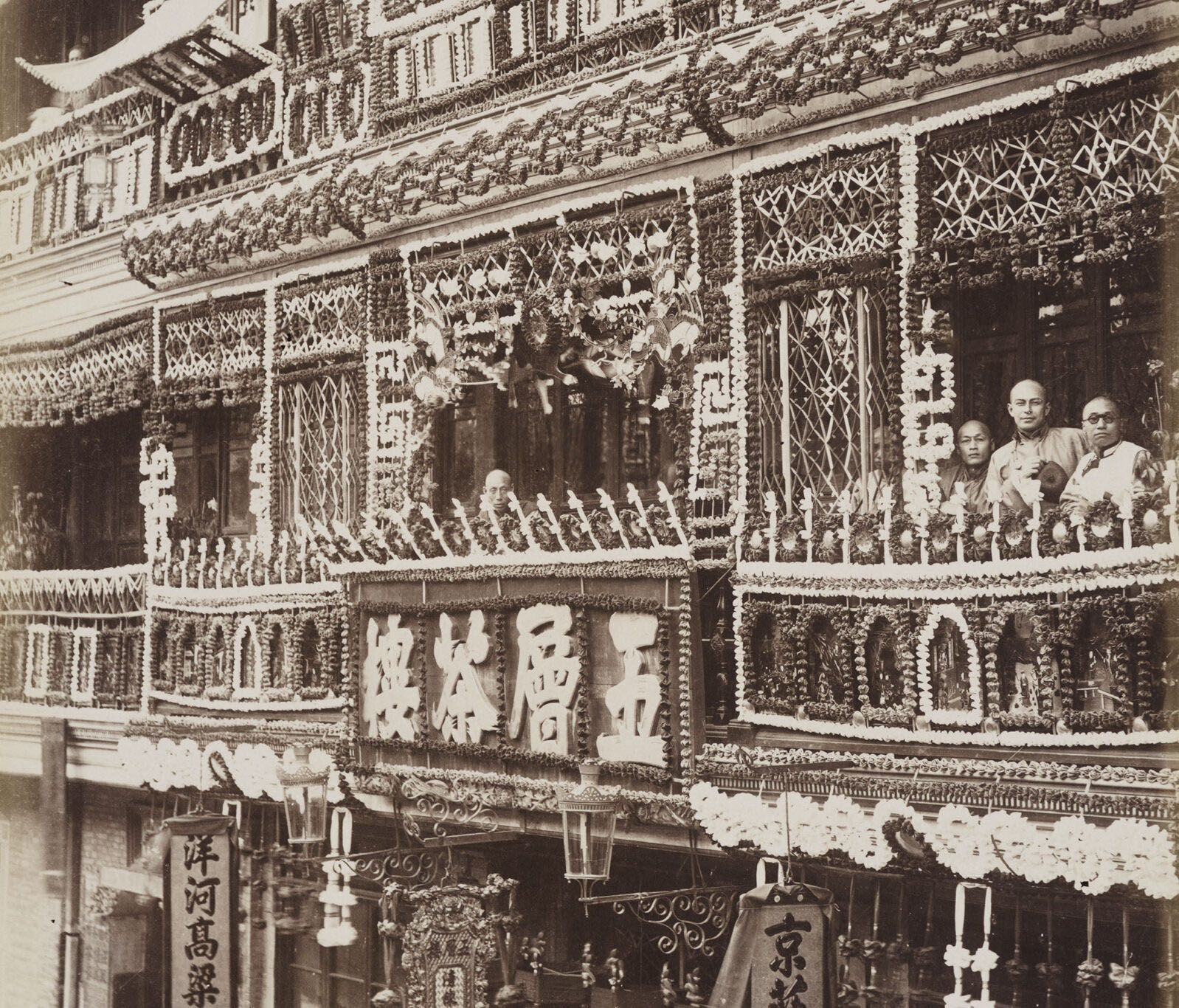

Unidentified Chinese Artist
1870s
Albumen silver print
29 x 21 cm
From the Loewentheil Collection
佚名中国摄影师
1870年代
蛋白印相
29 x 21 厘米
洛文希尔收藏

A master but presently unidentified Chinese photographer created this photograph of the famous Five-Storied Teahouse on Fuzhou Road in Shanghai in the late Qing Dynasty. This important photograph is a rare early photographic depiction of Chinese teahouse culture. This is the only known surviving example of this print.
The photograph was taken from an elevated vantage point offering a bird’s-eye view of its fashionable patrons. The men on the upper balconies face the camera with confident expressions. The photographer portrays them as successful cosmopolitan men representative of progressive nineteenth-century Shanghai.
The ornately decorated teahouse in this photograph reveals the distinct characteristics of this particular commercial district in Shanghai. It also conveys the social and cultural structure of the Chinese city. Teahouses were closely woven into the fabric of Chinese life for hundreds of years. In many communities they were hubs of news and information. They were the locus of leisure and social gatherings, and they functioned as offices where business was conducted.
This important photograph of a teahouse in late Qing Dynasty Shanghai is a rare photographic depiction of the ancient Chinese culture of teahouses.
Gates of Happiness
There is a long history of decorating the facades of shops in China. Brightly colored textile or paper decorations were often placed on bamboo structures constructed in front of shops. This practice dates back to the Tang Dynasty, and it was popular in the Song Dynasty. Decorated shop fronts were widely known as 彩樓歡門 (buildings of multiple colors and gates of happiness) in the Song Dynasty.
Throughout the Qing Dynasty, such decorations were a favorite way celebrating special occasions including secular and religious festivals and holidays.

Teahouse Culture
Tea drinking was a refined ritual practiced by Han Dynasty emperors and nobles as early as the second century BCE. During the Tang Dynasty, Lu Yu wrote his seminal monograph The Classic of Tea (760), helping spread tea-drinking customs beyond the nobility to the general population. In the late Qing Dynasty, urbanization further contributed to the growth of teahouses, especially in the Yangzi River region. Many teahouses began to appear in Shanghai in the 1860s and 1870s. Teahouses have a long history as a part of traditional Chinese culture and everyday life but Chinese teahouse culture was interrupted in the second half of the twentieth century. Teahouses went from prosperity to decline from 1950-1976 when teahouses and tea culture were abolished. In 1976 there was a teahouse revival that continues to this day. Thus the photograph serves as a historic study for the adaptation of lost Chinese culture into contemporary Chinese life.
The Classic of Tea by Lu Yu contains just over 7,000 classic Chinese characters. The work is brief but comprehensive. Lu Yu infuses poetry into practical instructions on everything from cultivation to drinking tea with an emphasis on spiritual and ritualized details.
He comments on a well-poured cup of tea:
“The fine and light foam should suggest floating duckweed emerging in eddying pools and twisting islets, or scudding fish scale-shaped clouds in a clear blue sky. The thin foam should be like green mosses covering the surface of river banks, or chrysanthemum petals fallen into goblets.” (Adapted from the translation by Francis Ross Carpenter).

Thinking of A Friend While Brewing Tea with Mountain Spring
山泉煎茶有怀

By Bai Juyi
I was seated, pouring out the cool and refreshing water,
and watching the brewing dark green tea powder.
Without reasons, I held a bowl of tea in hand,
and would like to send it to the one who loves tea.
唐 · 白居易
坐酌泠泠水
看煎瑟瑟尘
无由持一碗
寄与爱茶人
For permissions and inquiries please contact:
446 Kent Avenue PH-A Brooklyn, NY 11249 USA